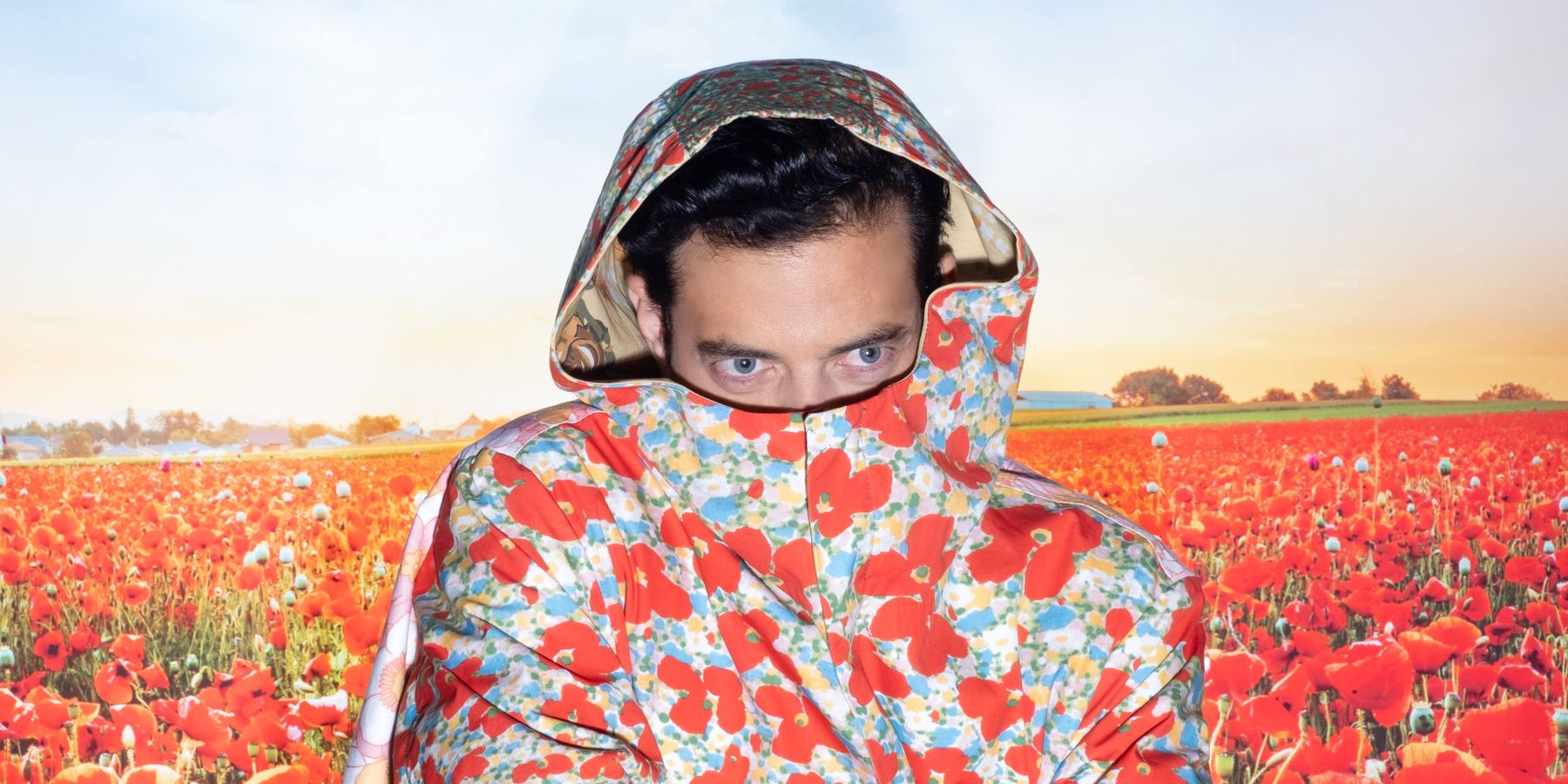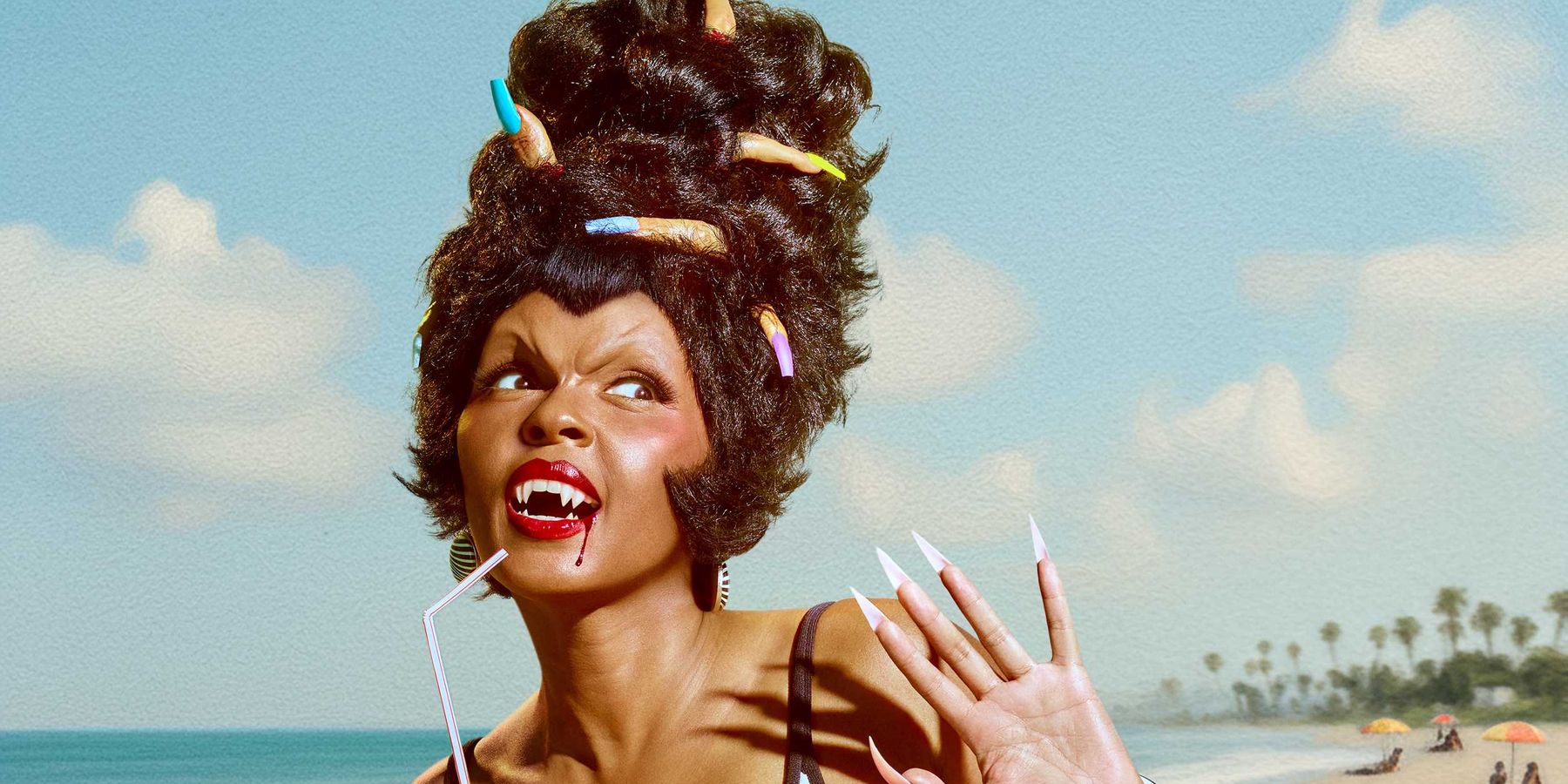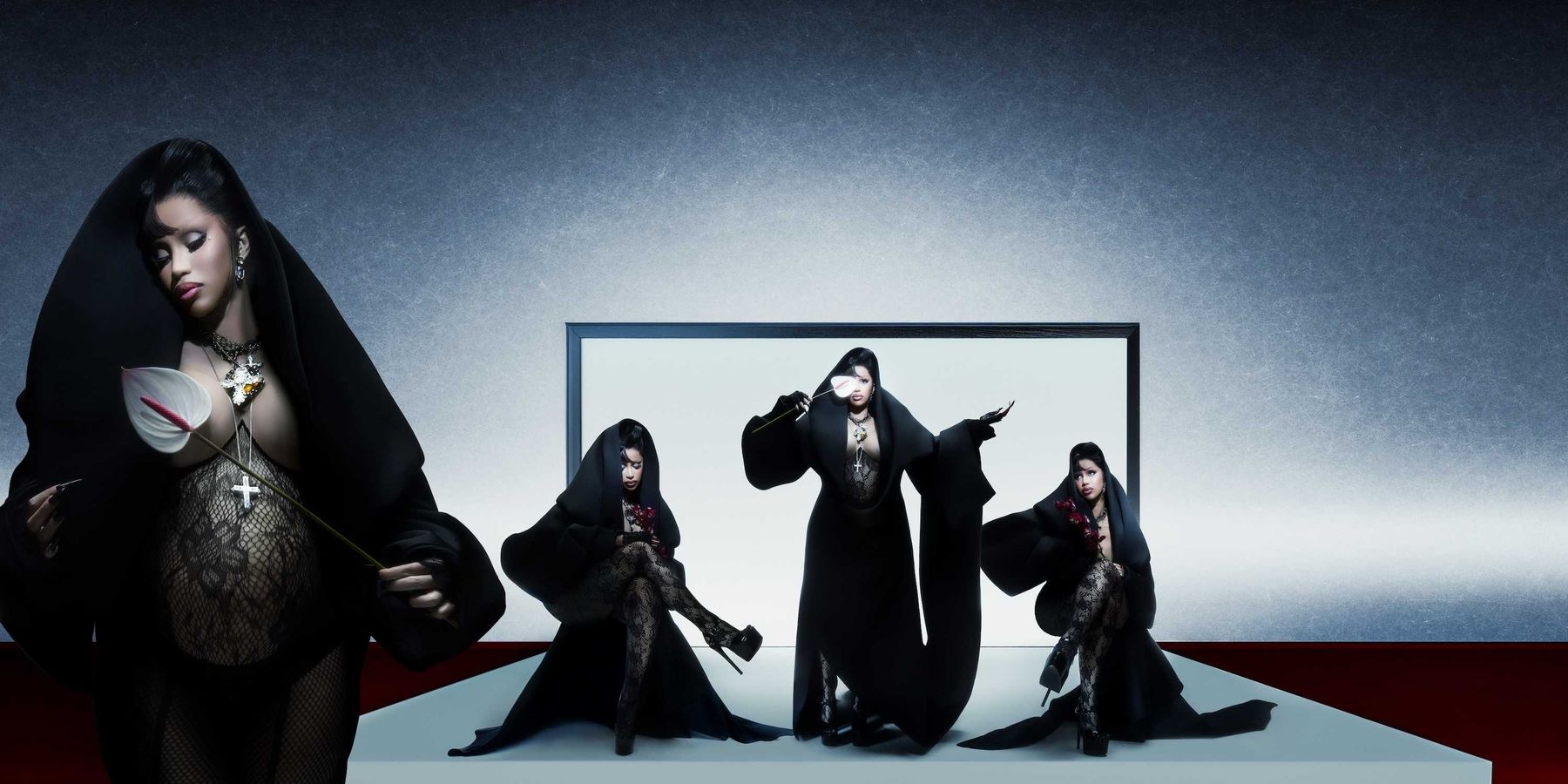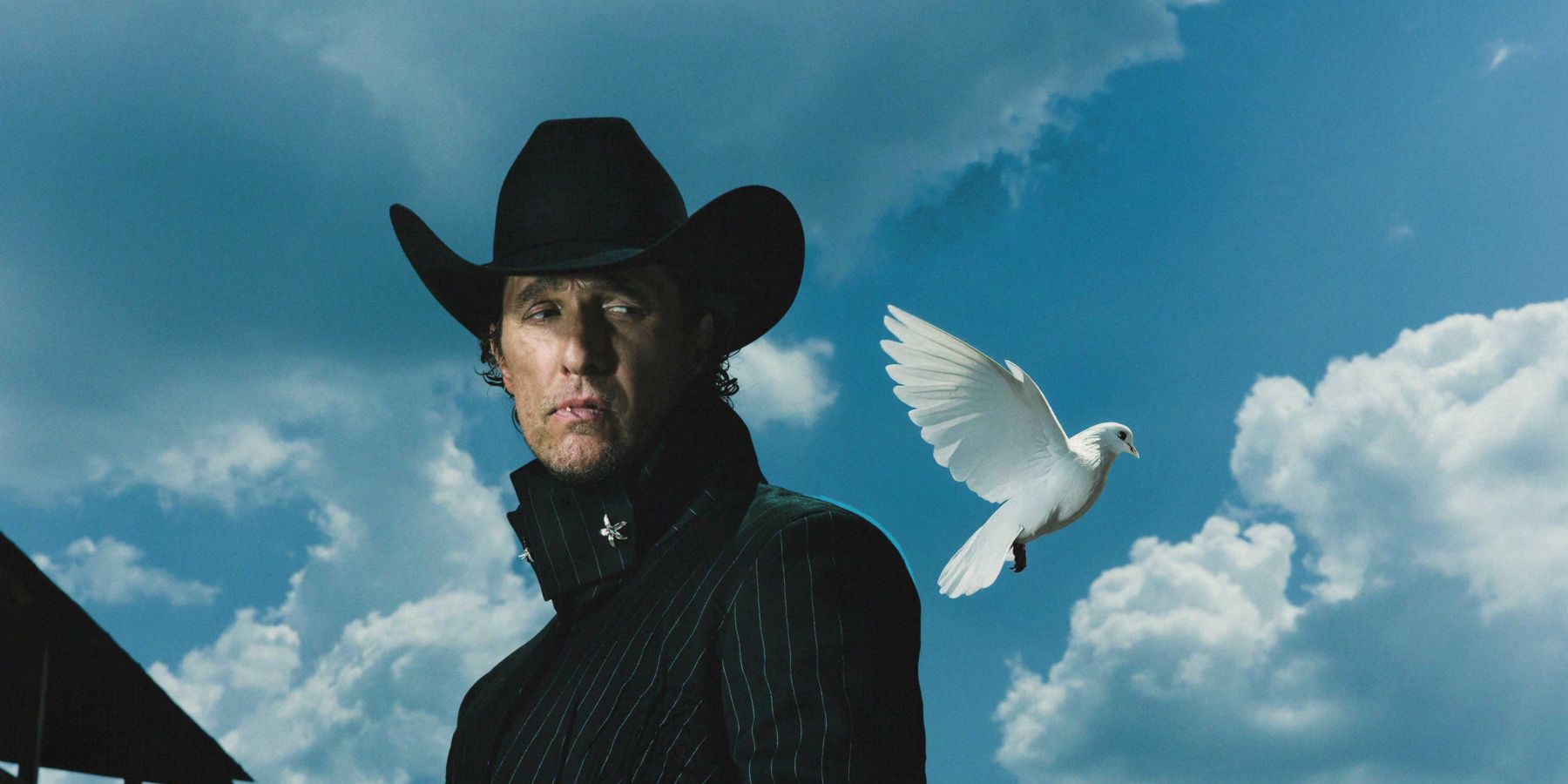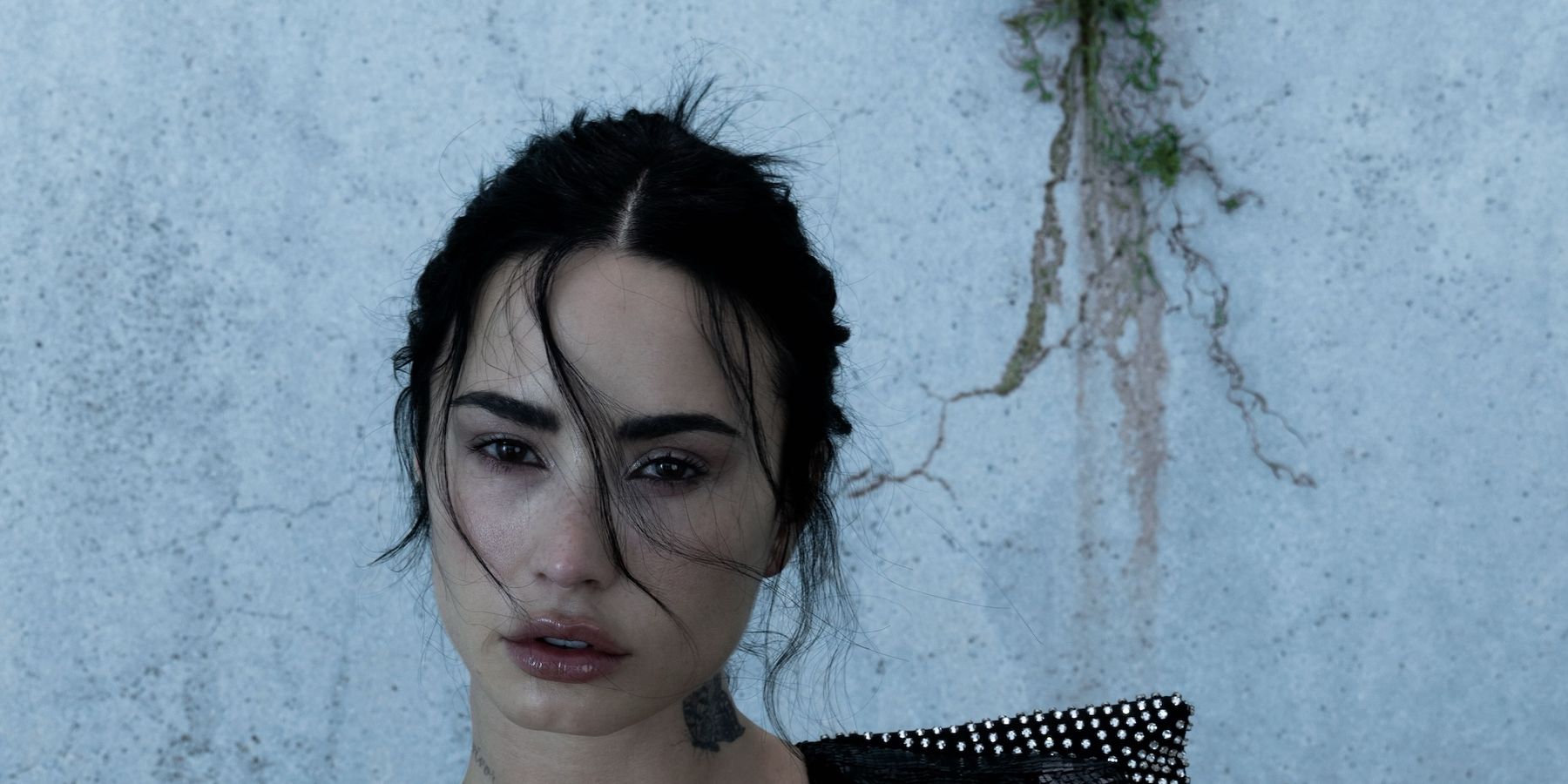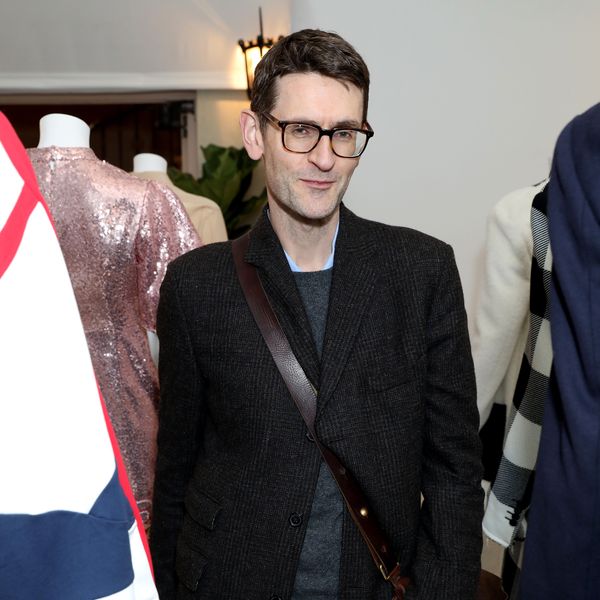
Mark Holgate on the Enduring Legacy of Indie Fashion Magazines
Jul 07, 2025
Mark Holgate really knows magazines.
The Edinburgh-born editor has spent the last 21 years at American Vogue after earlier stints at New York Magazine and British Vogue. But in addition to making magazines his whole career, Holgate has been reading magazines, mostly independent pop culture magazines like The Face, i-D and PAPER since the '80s. He’s a collector and an expert who can rattle off the month and year that important stories were published as well as photographer, stylist and model. It’s obvious from the way Holgate talks about magazines that he truly loves them which is why we had to talk to him about what was going on in 1984, the year PAPER made its debut, during a golden age of independent magazines.
Below, PAPER chatted with Holgate about the legacy of indie magazines, their impact on culture and how they've all transformed today.
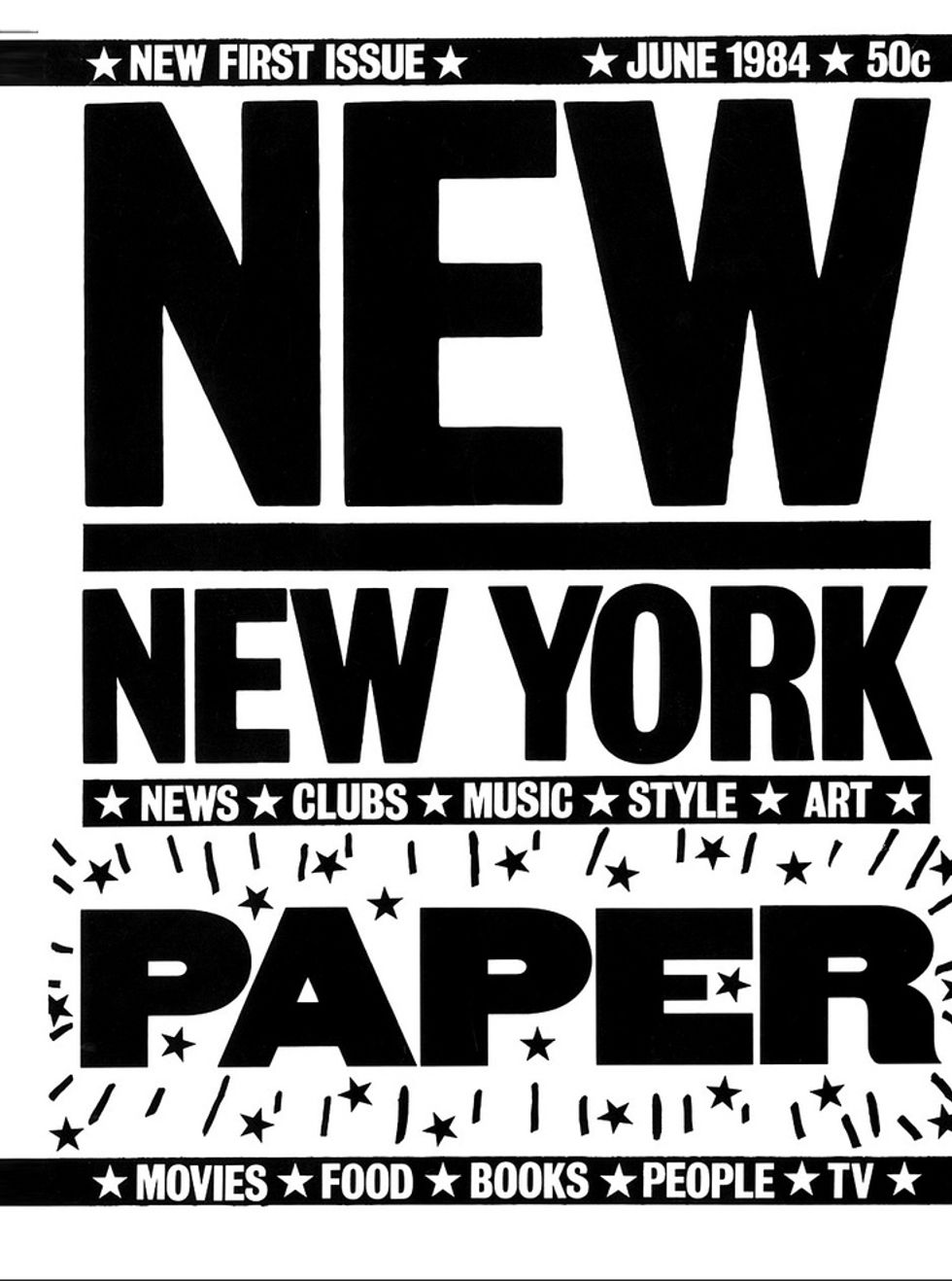
Tell me, now, do you consider yourself a magazine aficionado?
Yes, I would say that I am perhaps more than an aficionado, Mickey. I'm kind of a, truthfully, an obsessive. I mean, I wish I could come up with a more flattering word to describe myself, but I think obsessive or —
An expert.
Well, that's a good one.
Collector.
That's a good one, too.
Do you remember the first magazine you saw when you were young that you felt like, "Wow, I love magazines."
Yes. It was a copy of British Vogue that I stole out of the school library. Actually, I think the school librarian used to bring in her old Vogues and just leave them. It wasn't like they were bound, and it was the January 1981 edition of British Vogue, but actually, ironically, I'm about to try and buy it again on eBay.
You don't have it anymore, or you lost it?
I think it got lost somehow in the move around going from place to place to London, and when I moved here to New York, but it was captivating. I think, in part, because there was this 20-page story set in Santa Fe with Grace Coddington styling, of hand-knit sweaters, vintage petticoats, silver and turquoise belts. I mean, it was vintage 1950s, cars.
Do you remember who the photographer was or the model?
It was Bruce Weber and Grace Coddington, I'm pretty sure, and the model is ... I'll send you on LinkedIn. You'd know her well. I'll get the names. It was a mix of that, and then also, I guess it is just that insight into this world that was just such a cliche, but this world that was just so different from the one I was living The kind of execution of style and fashion — it removed me from my humdrum existence at a high school in Scotland.
Even before that, I would watch TV shows, and I was always quite interested in clothes, and how people put themselves together and the presentation of character. Even before I was obsessed with vintage magazines. So I got it, and then I must have got another copy of British Vogue, and it was just around the time of the royal wedding, and they did a whole thing about British debutantes wearing ball gowns of the type that Lady Diana Spencer would've been wearing with jewelry, and I remember very teased up, very punk Siouxsie Sioux hair that I thought was fantastic. They were styled to look like punk debutantes. I can also send you screenshots of that. That was the June 1981 issue, which I'm also about to buy.
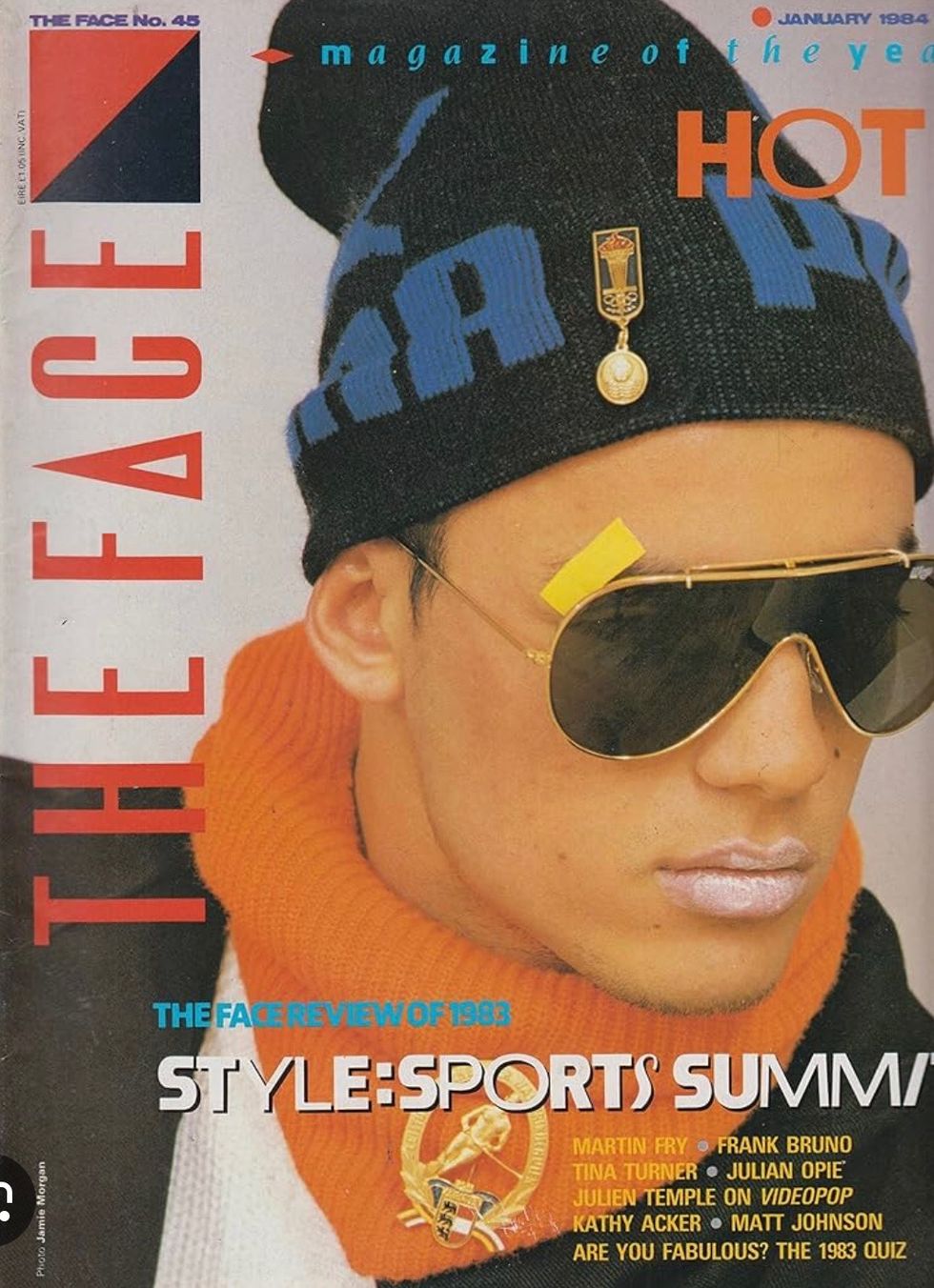
Who was the other that was way before editor-in-chief Alexandra Schulman?
It was a woman called Beatrix Miller, and she was this brilliant, smart ... Well, I mean, when you talked to Grace Covington, who worked for her, she said she was incredible, because she really creatively pushed the envelope, and she was someone who had amazing friends like Richard Burton and Elizabeth Taylor. She knew all of these amazing kind of people.
Beatrix did?
Beatrix did. You'd go to dinner at hers, and then Richard Burton would be sitting beside you, or Peter Sellers. She was very connected to the world, but apparently, she was always someone who was also quite mysterious. And I remember Grace Coddington saying you called her Ms. Miller, you never called her Beatrix or B, but I think she did an amazing job, because what was interesting, so I was thinking about your notion of 1984, because that was the year that the PAPER started, right?
Yes.
And I was thinking about what I was buying back in 1984, and I guess, at that point, I was an avid buyer, collector of The Face and of i-D, and maybe less so at that point, Vogue. I guess I was more interested in being a slightly older teenager at that point. I was kind of more interested in these magazines because they chronicled style, pop and pop culture, and also, they kind of, in a way, directly and indirectly chronicled sexuality, which I think that Vogue wasn't doing that, and there's no reason why Vogue would do it? So gayness, queerness, style was all part of what they were doing, particularly i-D, because I think i-D had such a kind of open and welcoming approach to style, and how people were putting themselves together, but also how they were living and their viewpoint of life. It just felt maybe a little more tangible to me than the world that Vogue did. So I was still kind of looking at Vogue, but I was really super, super obsessive about buying each new copy of i-D and The Face, and when you look back at that period, I think what you saw, what I felt I see when I look back at it, Mickey, is 1984 was the year when the conversation around fashion really became a conversation around style, and that was less dependent on labels and access to money. And I think The Face chronicle, the i-D chronicle, and probably so PAPER, I would've thought as well in New York.
It wasn't really about major French couturiers in the pages of The Face or i-D. It was all the young British labels like BodyMap, or Katharine Hamnett, or Mark and Syrie, or PX, or John Richmond and Maria Cornejo, who I think, launched their label in 1984 when they were working together as Richmond-Cornejo. I think The Face devoted like six or eight pages to that first collection. It was fantastic. So that was what really began to interest me and excite me.
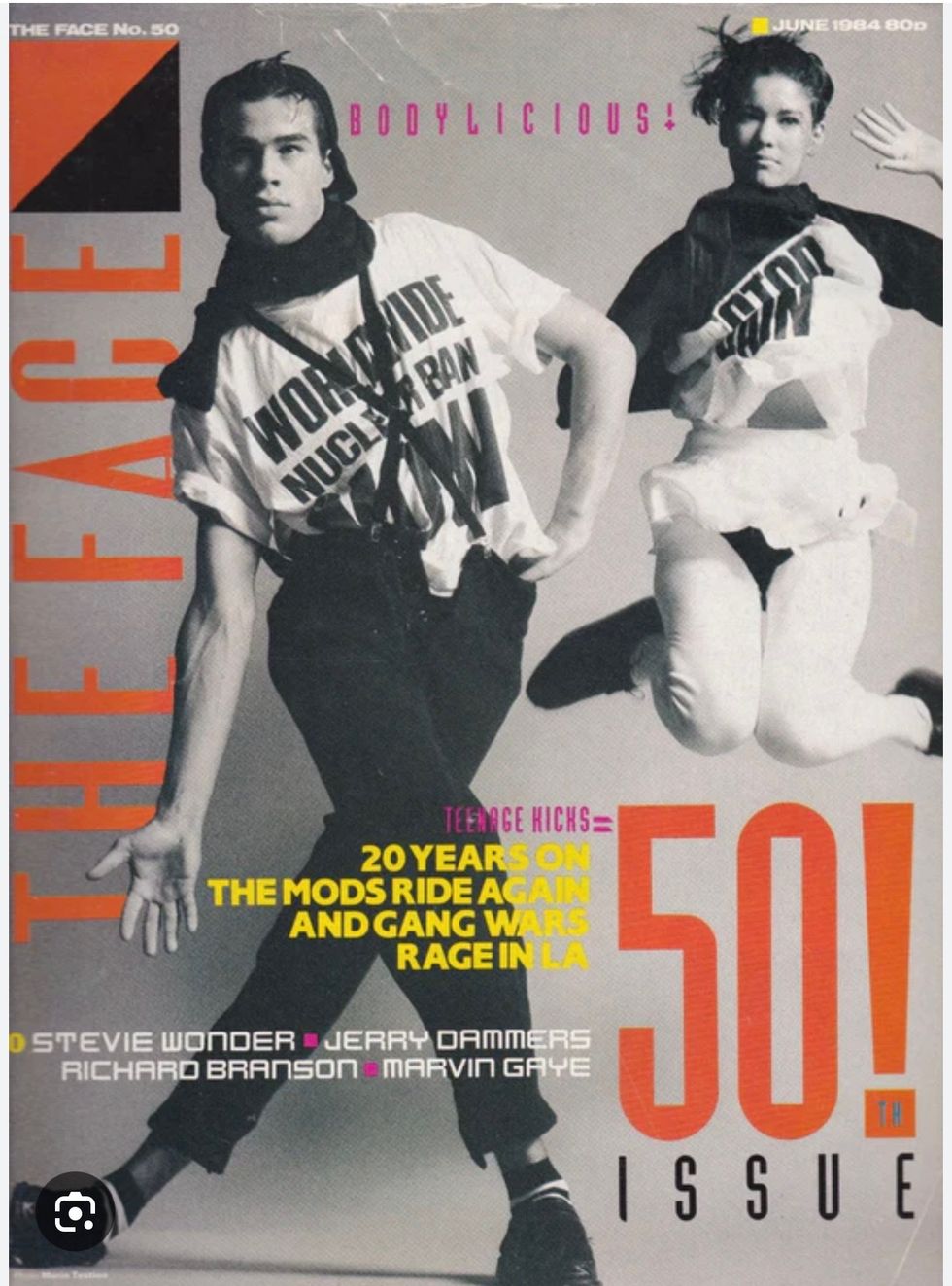
Do you feel like that is the golden era of magazines or of independent magazines?
It's really interesting, when you first look at The Face, it was actually not really about fashion or style at all. It was a tiny, tiny, tiny fraction of what it did. So I've got The Face now going right back to the very first issue. I've got, as you know, i-D going right back to the very first issue. And really, it was much more about music, and sometimes, it was about iteration of style via music, like punk, or ska, or New Romantics, or whatever, but I think it was a point when the world that those journalists were clearly part of, and they were hanging out, going to clubs and doing everything in London. I think that's when it became up for kind of public consumption, like what had just been probably very private conversations around which boutiques they were going to, which hairdressers they were going to, which bars and which clubs they were going to.
So it suddenly became part of something that I, as a 15, 16, 17-year-old in Scotland could be reading about. So, yes, for me, nostalgia-wise, it was an amazing moment, because it was really the first time I saw, "Oh, maybe this is what my adult life could look like." What's interesting about The Face and i-D is that they are probably like PAPER, too — they cycle through eras, and they cycle through different ideas, right? Because you're always reflecting, which I was probably less interested in The Face when it started to embrace raver culture and sneaker culture, because I wasn't so interested in that, towards the end of the '80s, very beginning of the '90s, but I kept buying it because I was always kind of interested in the narratives around new fashion designers. I mean, they were very early on, to McQueen and Hussein Chalayan. It was just a very different world from the one that Vogue was portraying.
Interestingly, I have a copy of British Vogue from 1984, the August 1984 edition with Talisa Soto on the cover, photographed by Albert Watson, and basically, her look is kind of almost a whole fashion story of British designers that's entirely looking like it could have been in The Face. It's the same kind of technicolor, neon makeup, Andrew Logan jewelry. It wasn't the kind of British fashion of Lady Diana Spencer's designers. It was much more the kind of street culture of early '80s London. I mean, it's interesting because you just always assume that designers like Vivienne Westwood be all over British Vogue in the early '80s, but she really wasn't. I mean, she was seen as kind of marginal, but she wasn't marginal in the world of The Face or i-D.
What was interesting about The Face and i-D was they also listed where you could go to participate in that world. I mean, obviously, Vogue would give you where to go buy a Saint Laurent blouse or a Gianfranco Ferré coat, but The Face, and actually more so i-D, at the back, would have all these listings of young designers and cool young boutiques and where to go to get your haircut if you were in Manchester, or Glasgow, or Birmingham, and then they would also list clubs as well to go to. I've always said, and it's a crazy thing, but I knew through reading The Face and i-D what clubs were going on in London and New York every night of the week.
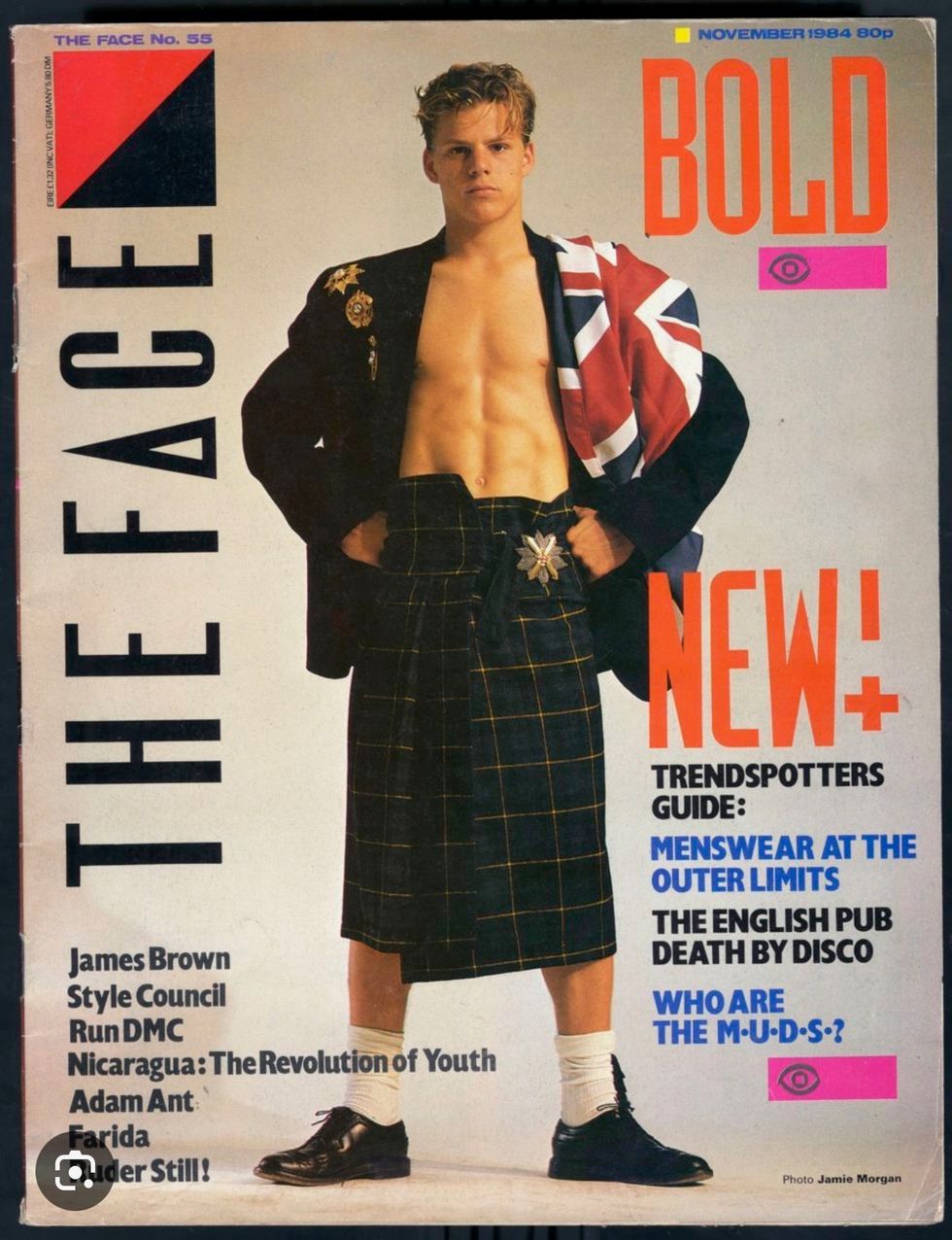
Do you feel like there are magazines today that serve the purpose that i-D and The Face did in those days?
Well, no. I mean, there's magazines that I really like. I like Fantastic Man. I like The Gentlewoman. I like looking at Katie Grand's Perfect. They're still interesting magazines to look at, but I just don't think it's that. I mean, these were like bibles of information, and we live in a world now where you and I can go on our phones, figure things out, see what's going on, look at Instagram, find a new designer in Berlin, or Johannesburg, or Sydney, or Rio de Janeiro, whatever. So I don't think they perform that same function. I mean, those magazines are chronicling the new and the next for sure, or people who are interesting to the culture who may not be at the center of the culture right now, but probably will be at some point, hopefully. But no, I don't think it's the same thing.
I remember also, when I would get PAPER, when I first started reading it in 1990, I would wait for it, go to the newsstand, get it and look at the Clubbed to Death section and know Soul Kitchen on Mondays at SOB’s is the hottest party, and I felt like I was as much in the know as anyone could be, because people who wrote that column of PAPER knew everything about clubs and whatnot. The same with music, the same with everything. I felt like an expert at every single thing.
I always related more to The Face than i-D. I thought i-D was amazing, too, but I felt like there was something about The Face and PAPER, that spoke to each other in a way.
Yes. Well, I think what was interesting was PAPER ... I mean, I started buying it when I moved to London. I was able to get it from the newsstands. So I was buying it probably from the early '90s and even though it was very New York, it also had the outwardness of looking to the world beyond a bit of New York a bit, and obviously, New York at that point, as New York continues today, was a magnet for people coming in, designers, musicians, models, everything. And The Face also, I think, was probably much more interested in chronicling music, style and club culture in America than, say, i-D. i-D felt much more rooted in London than the UK.
Yeah. Did you ever want to work at either of those magazines or did you ever work in an independent magazine?
I never did, and you know what, Mickey? I always kind of wish I'd done that. I always wish I had, because my career has really been about working pretty much at big establishment titles. I've interned at a tiny, tiny, tiny magazine that no one's ever heard of that was done out of London and published in Hong Kong for Hong Kong. It was called Joyce. It was owned by Joyce Meyer. That doesn't really count. Great, though, it was to work there and to intern there.
Oh, I know Joyce.
But I went from really interning at British Vogue, to working at British Vogue, to working at New York Magazine, to working for last 21 years at American Vogue. So there was a point in London that I think it would've been fun to have worked at i-D and The Face for sure. I'd love to because, in a weird way, even though I've been really lucky I've worked with amazing people at all those titles, you're kind of hanging out with your contemporaries much more. I think I know from people who worked at The Face and who worked at i-D that the social life and the work life was super entwined. So they were seeing the designers, going to the clubs, and that just wasn't what it was like to work at British Vogue. It was a very different kind of thing. Great, though. It was just different.
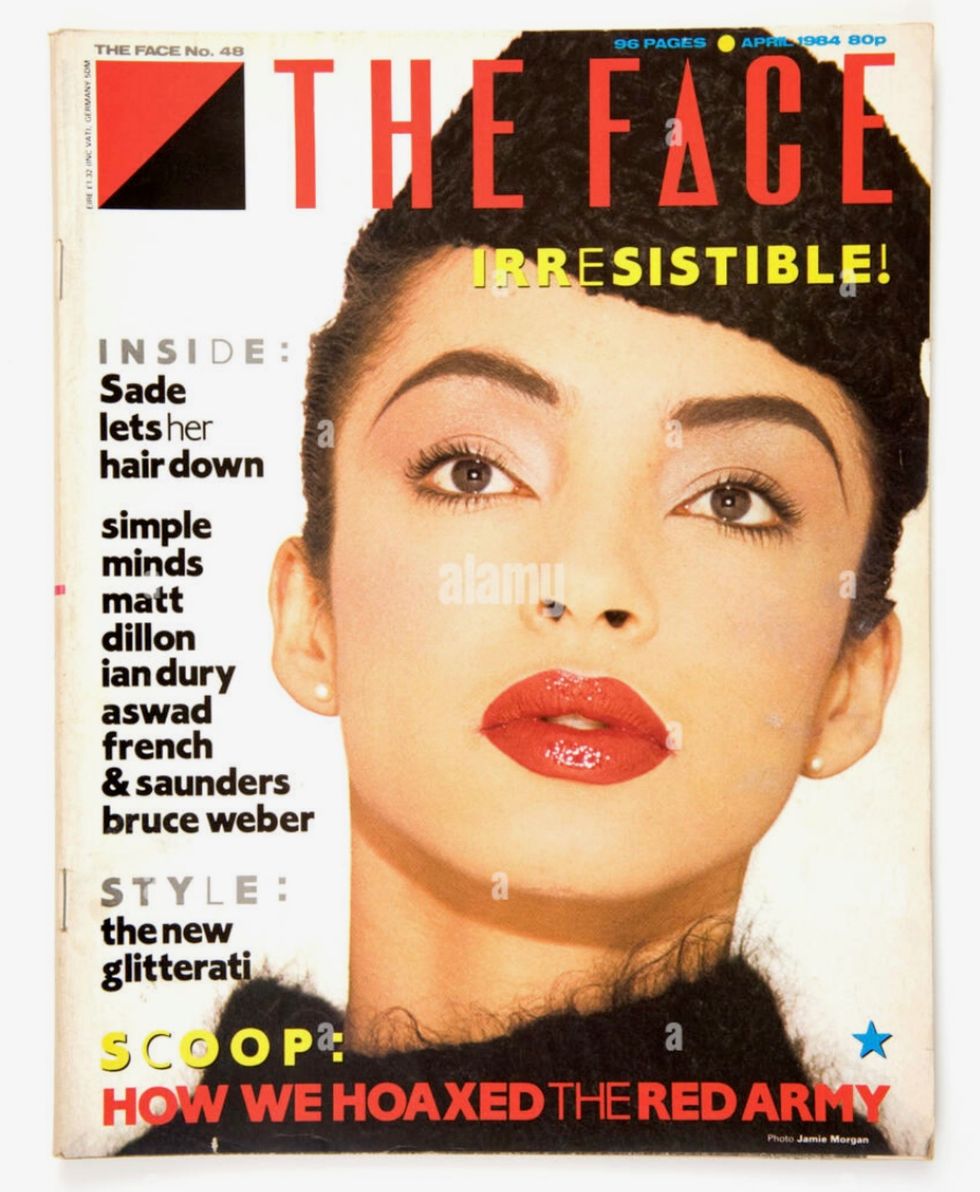
As a magazine collector, what are the holy grails of magazine? Are there ones you haven't got, issues you haven't gotten or particular titles you haven't gotten?
Well, in a moment of kind of lockdown COVID-era madness, I spent a fortune buying a copy of the very first i-D. I got as far back as issue two, and was like, "Goddammit, I want to get issue number one," and I actually bought it. It was actually a store in, I think, Seattle that had it. A guy had it, and it came, and I remember thinking, "Oh, God, this is a fake," but it wasn't. I'd love to see some of those early fold-out PAPERs. I've never seen those.
That can be arranged.
It was very much a perfect-bound magazine by the time I was buying it.
We can get you some fold-outs.
I would love to see more, I think it was called The East Village Eye. I mean, I bought things like Details, like Annie Flanders era of Details, which I also loved looking at.
Kim and David met working at a thing called SoHo News.
Yes, I've heard of that.
Annie Flanders worked there, too. Bill Cunningham suggested Kim to be hired as the fashion editor when Annie Flanders left to do Details. So that's how Kim got started at SoHo News, and then it got bought by some British people who ended up closing it, but ...
Another one, East Village Eye, I think it's called, had like two issues, and there was a few others that I have that were kind of imitators of The Face and i-D: New Sounds New Styles, which I have a few of those. A magazine called BLITZ, which was actually more serious and much more of a culture magazine that had this amazing fashion editor called Iain R. Webb who would do things like he would come to New York, and he would shoot early Donna Karan. He would shoot Stephen Sprouse. I guess, in part, probably inspired by the name of the nightclub that was like the new romantic hangout, but it was quite the serious arts and culture magazine. But Iain was a fashion editor there, and he did amazing things. I mean, that was how I think the first time I heard of the incredible Andre Walker, and that was the first time I'd seen any of Andre's quotes was in BLITZ. In today's world, it's hard for a magazine to have a sense of discovery, because that's what we do every day, every minute of our lives on our phone. But for me, it's kind of irreplaceable as an education because it's because of BLITZ, The Face, i-D, eventually in the '90s being able to see PAPER and Interview as well, was also something that interested me. It was like the key to a door being unlocked.
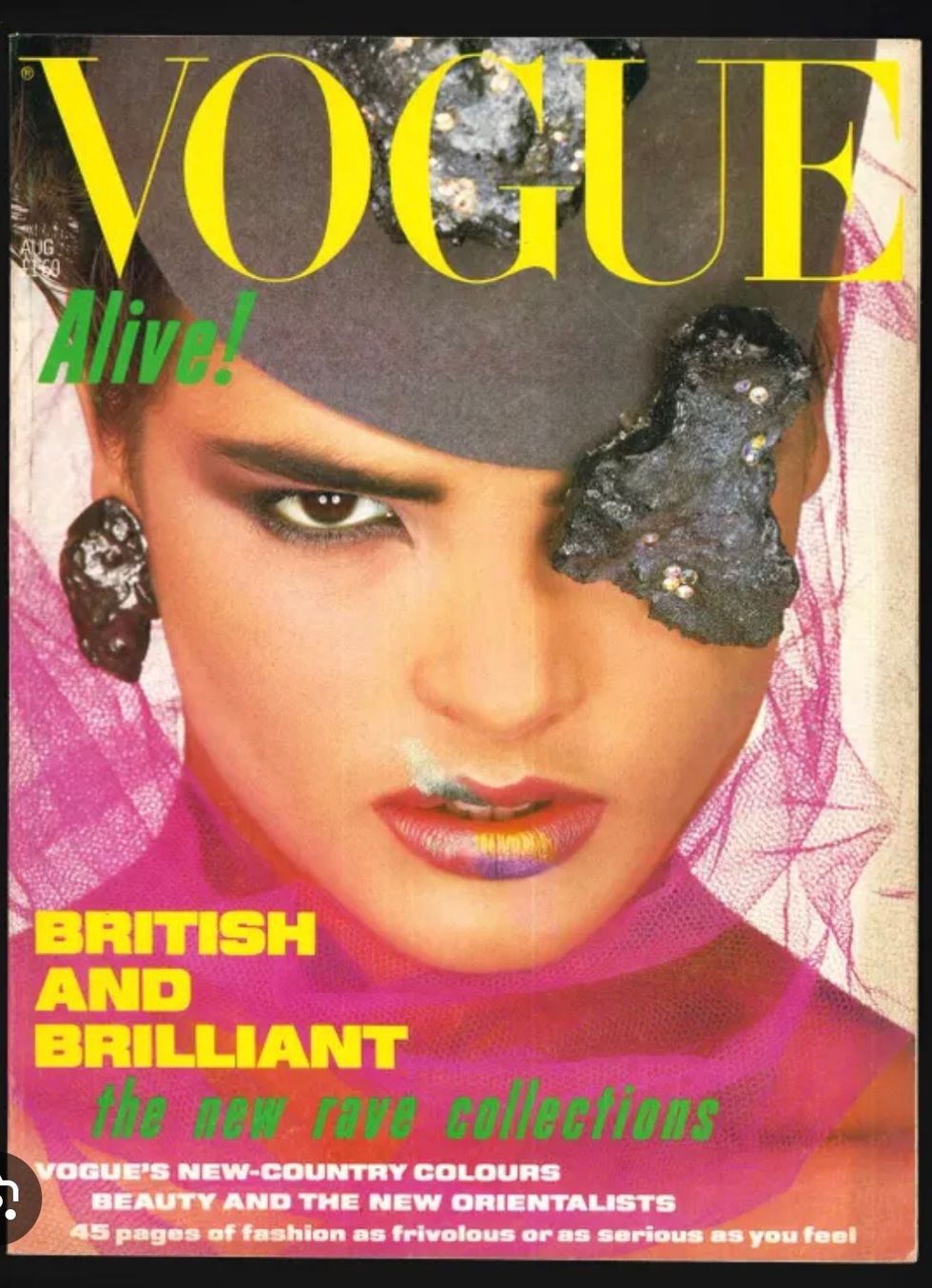
Did you ever do a magazine, like maybe even a one-time special?
No.
Why not? I mean, you might not be allowed to, contractually.
I don't know what it would say. My good friend, Jermaine Gallagher in London, has launched his own interiors magazine, Ton, which I think is fantastic. It's a really amazing interiors magazine, because it's quite anarchic, and at the same time, it's got a very clear and very sure idea of Jermaine's taste and what he finds interesting about interior design or style. It's not even interior style, because design sometimes is probably just not part of the conversation with some of the places that he photographs, but I think it's kind of incredible, because it so represents him and his taste. For me, Mickey, I think it'd be very like a niche of one person.
Well, some of the best things are a niche of one.
Look, today, there's still magazines I love, like Self Service or, like I said, Gentlewoman, and, actually, under Alastair McKimm, i-D actually kind of connected quite brilliantly with the i-D that I grew up with. It felt very redolent of that, so I really enjoyed his i-D. But yeah, I think maybe sometimes, the world moves on, and I still have the magazines.
Do you think that readers today are looking for in magazines, what you were looking for when you bought those British Vogues or the issues of The Face?
Well, I think there's two things, right? There's people who like you, who on a trajectory of always reading magazines, how we relate to them and enjoy them, has perhaps evolved and changed over the years. Someone who's much younger, maybe it's just a kind of nostalgic thrill, like the same way that kids are buying vinyl. It's a strange, nostalgic thing of, "This is not something that's part of our everyday life, so we're going to just enjoy it."
Yeah. It's interesting that you were talking about that British Vogue that you described, because it had me flashback to a time I was in Rome 25 or 30 years ago, and I got a copy of British Vogue, and it was called "The Gold Issue." The cover was gold, and inside, there was a story shot by another canceled photographer, Mario Testino. It was a bunch of different fashionable people of the moment, including Tallulah Ormsby-Gore, the daughter of —
Amanda Harlech.
Amanda Harlech, who at the time, was maybe 11 or 12, which is so wrong to shoot an 11 or 12 year old, but I was like, "This is the best thing that I've ever seen." It was all in sort of baroque locations, shot in gorgeous fashion, and it was everything. I remember, to this day, as if I saw it yesterday.
Right. Magazines back then, they really mirrored those changes. I remember I'd been in London for six months, and the British Vogue March 1993 issue came out with the very first Kate Moss cover. It was a whole celebration of that kind of grunge, for want of a better word. So it wasn't really grunge, but that more, let's say, naturalistic idea of how people might look and dress. It was like Kate, and Sara Murray, and Cecilia Chancellor, and the wonderful, brilliant and sadly no longer with us Corinne Day shot it. Lucinda Chambers styled it, but it was like school playing fields and football pitches, and actually, I think they shot the famous Marc Jacobs Perry Ellis grunge collection for that story. But back then, you would really mark out these decisive shifts in fashion would be so reflected on the pages, and then when it moved into high glamour, it was Nick Knight and ring flash. It was like you could really see the kind of shifts and changes and taste in fashion and photography in such a powerful and palpable way.
Photos courtesy of Mark Holgate
Related Articles Around the Web
MORE ON PAPER
Entertainment
Rami Malek Is Certifiably Unserious
Story by Joan Summers / Photography by Adam Powell
Story by Joan Summers / Photography by Adam Powell
14 November
Music
Janelle Monáe, HalloQueen
Story by Ivan Guzman / Photography by Pol Kurucz/ Styling by Alexandra Mandelkorn/ Hair by Nikki Nelms/ Makeup by Sasha Glasser/ Nails by Juan Alvear/ Set design by Krystall Schott
Story by Ivan Guzman / Photography by Pol Kurucz/ Styling by Alexandra Mandelkorn/ Hair by Nikki Nelms/ Makeup by Sasha Glasser/ Nails by Juan Alvear/ Set design by Krystall Schott
27 October
Music
You Don’t Move Cardi B
Story by Erica Campbell / Photography by Jora Frantzis / Styling by Kollin Carter/ Hair by Tokyo Stylez/ Makeup by Erika LaPearl/ Nails by Coca Nguyen/ Set design by Allegra Peyton
Story by Erica Campbell / Photography by Jora Frantzis / Styling by Kollin Carter/ Hair by Tokyo Stylez/ Makeup by Erika LaPearl/ Nails by Coca Nguyen/ Set design by Allegra Peyton
14 October
Entertainment
Matthew McConaughey Found His Rhythm
Story by Joan Summers / Photography by Greg Swales / Styling by Angelina Cantu / Grooming by Kara Yoshimoto Bua
Story by Joan Summers / Photography by Greg Swales / Styling by Angelina Cantu / Grooming by Kara Yoshimoto Bua
30 September
Music
Demi Lovato Is No Joke
Story by Ivan Guzman / Photography by Jason Renaud / Styling by Chris Horan/ Makeup by Loftjet / Set design by Allegra Peyton
Story by Ivan Guzman / Photography by Jason Renaud / Styling by Chris Horan/ Makeup by Loftjet / Set design by Allegra Peyton
15 September
